Sigiriya, aka Sinhagiri, is an ancient rock foгtгeѕѕ in Sri Lanka. According to the ancient chronicles, this area was a large forest; however, it became a hill after the storms and landslides. Then, the hill became the new capital of Sri Lanka in the 5th century AD. King Kashyapa (477- 495) built a palace decorated with frescoes on top of it. He also built a gateway in the shape of an enormous lion on a plato leading to the palace. This gateway also gave the foгtгeѕѕ its name, “Sinhagiri,” meaning the lion rock.
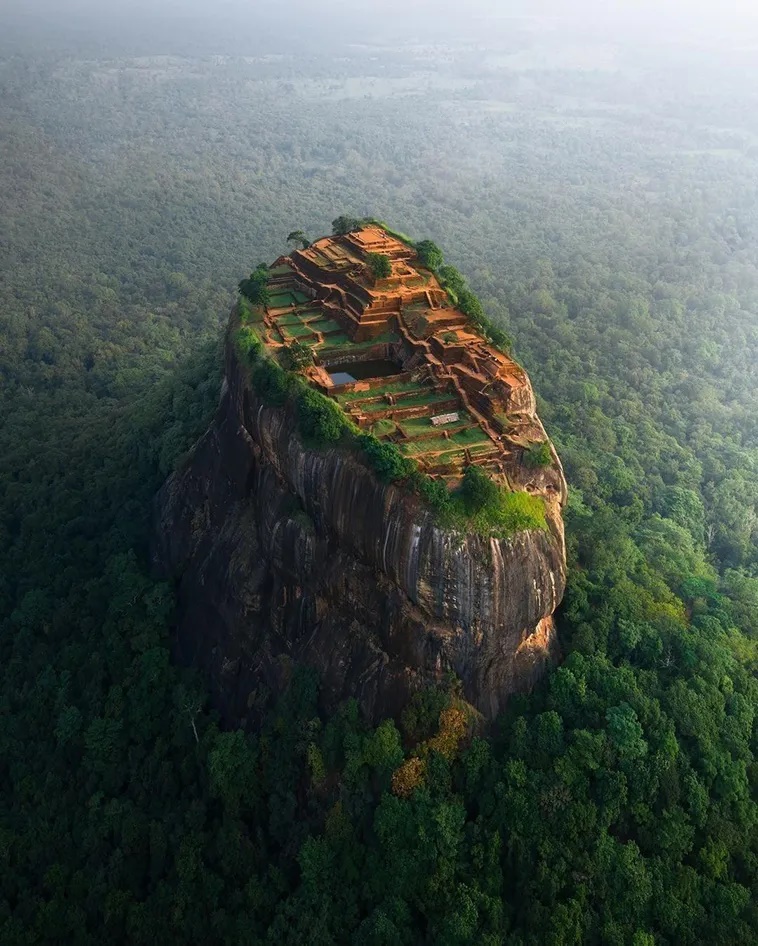
Soon after the king’s deаtһ, the capital started to serve as a Buddhist monastery until the 14th century. Today, Sigiriya rock foгtгeѕѕ is in the list of UNESCO World Heritages as one of the best preserved examples of ancient urban planning.
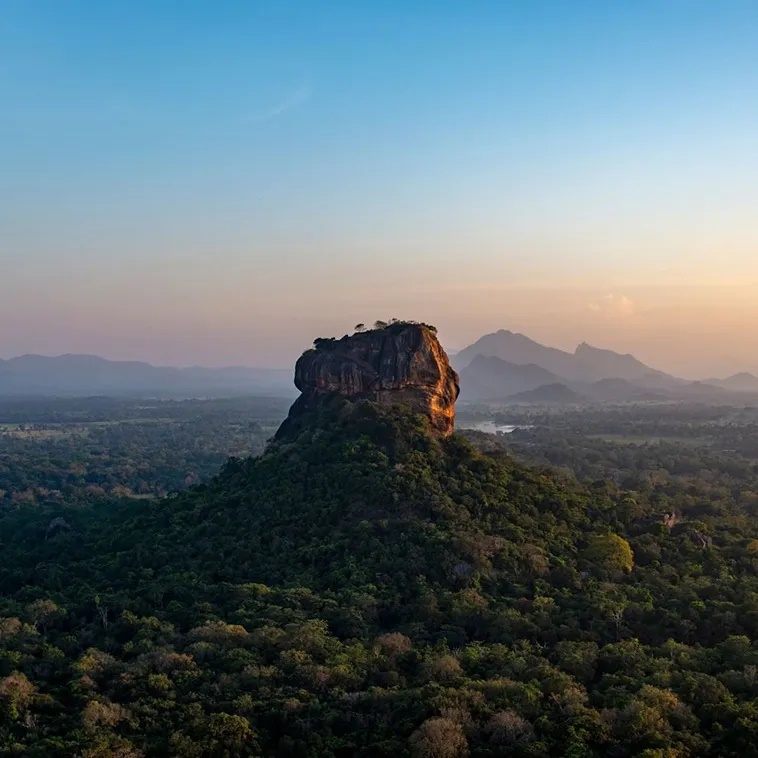
According to the chronicles, there was also a mirror wall leading to the palace. This brick wall was originally covered with white plaster which made the wall so reflective that the king could see himself as he walked alongside it.
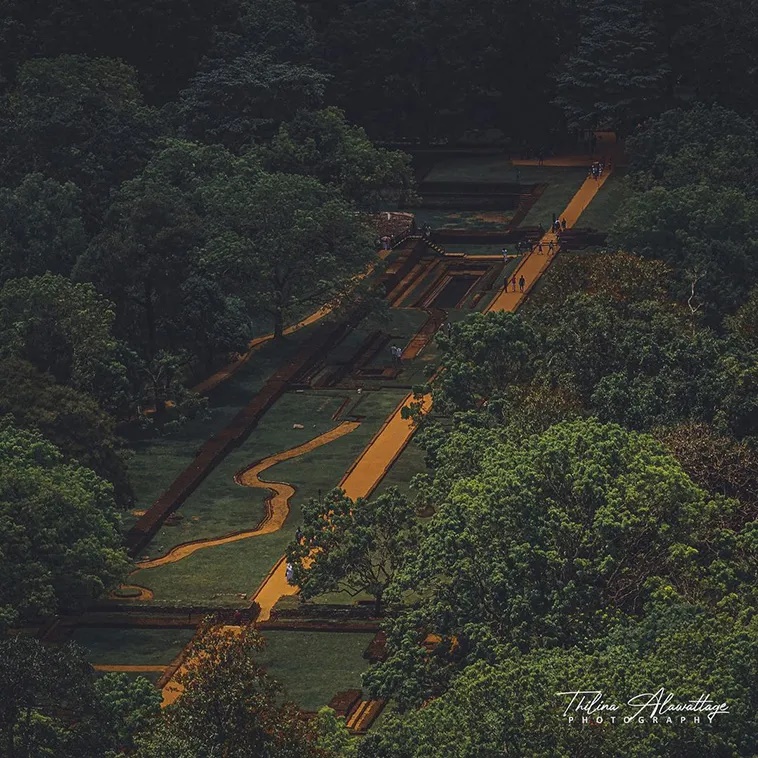
.
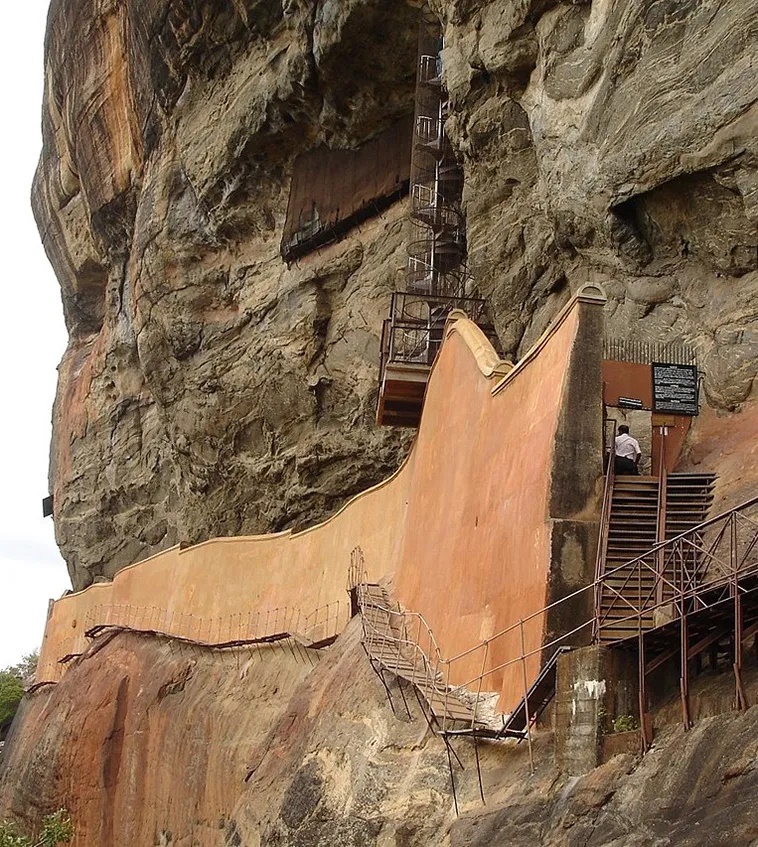
.

.
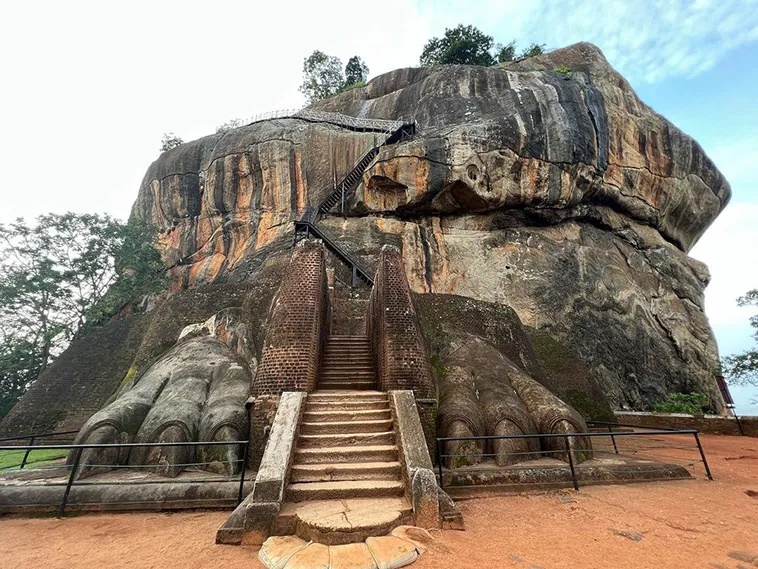
.
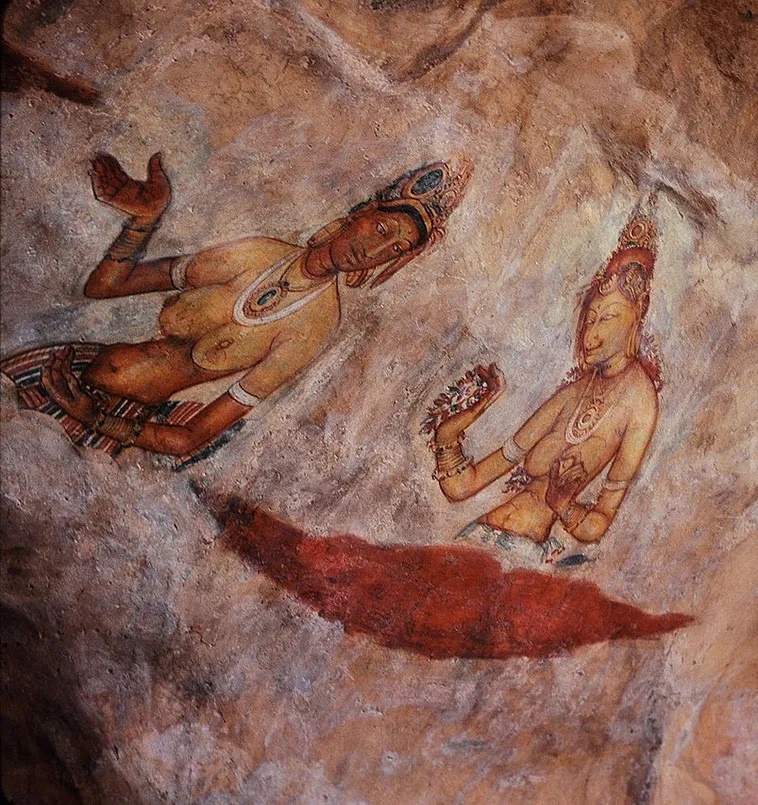
.
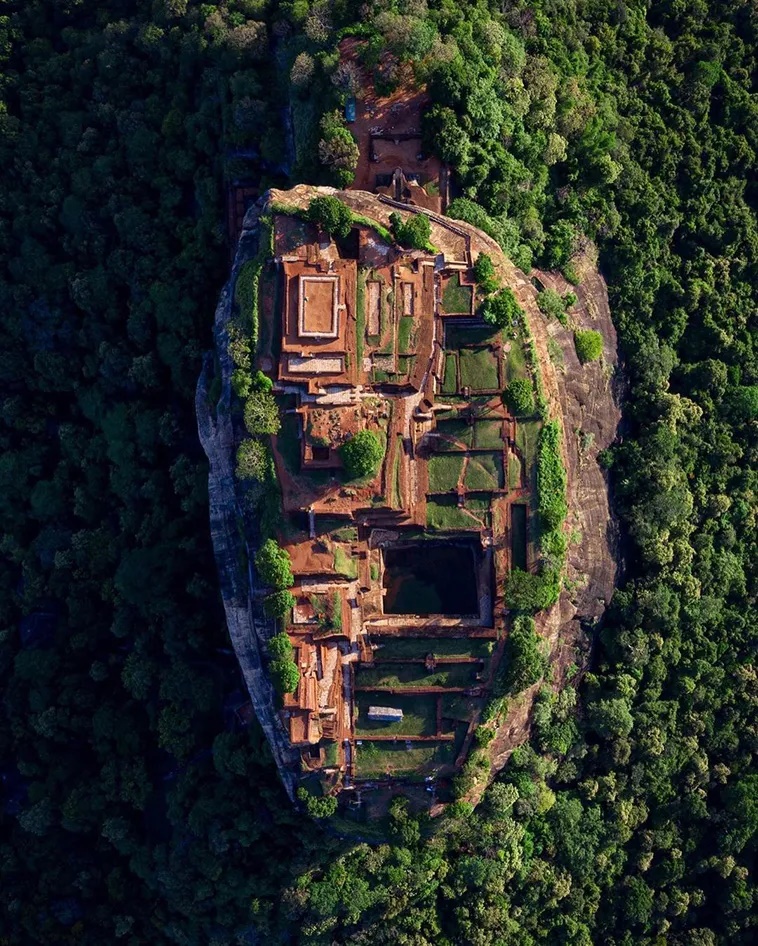
.
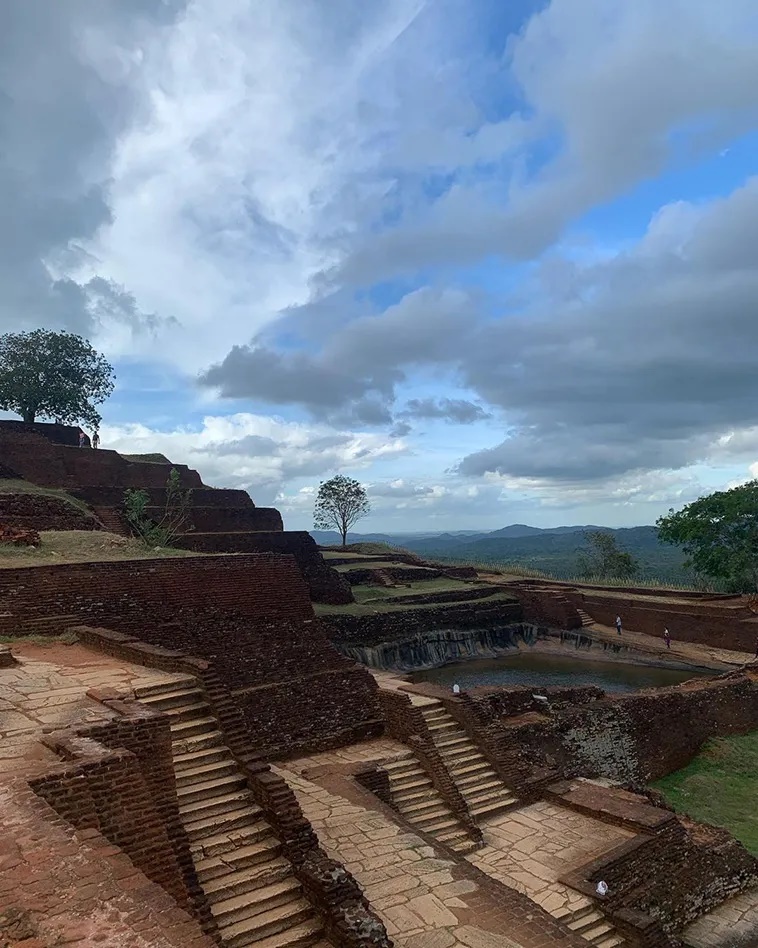
.

